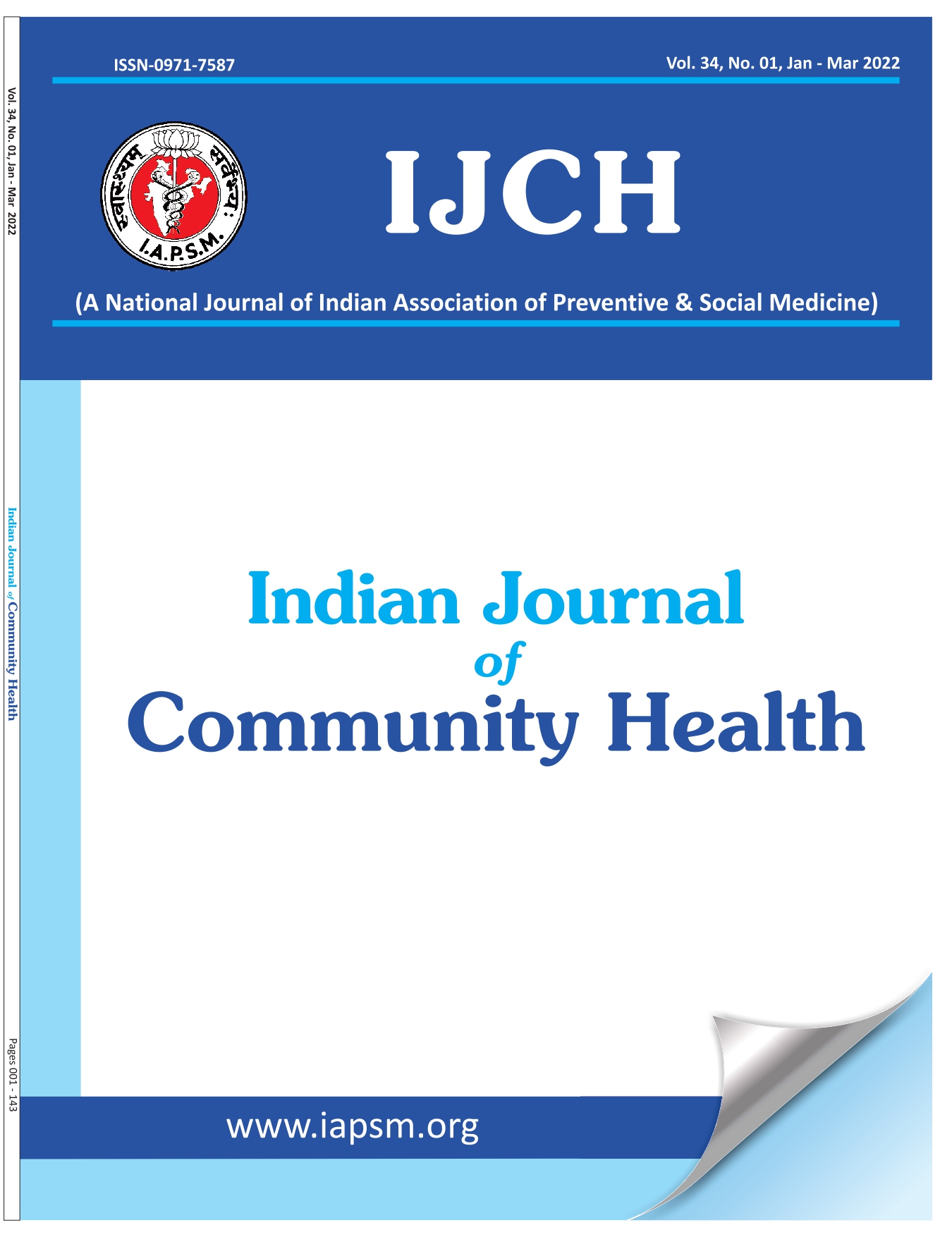Study Of Diet And Nutritional Status Of School Going Rural Adolescent Boys In Allahabad
Abstract
Research question: What is the prevalence of malnutrition among school going rural adolescent boys? Objective: To assess the diet and nutritional status of school going rural adolescent boys. Study design: Cross sectional study. Setting: Rural Intermediate Colleges. Participants: 660 study subjects (adolescents boys. 10-19 years), of classes 6th to 12th from 8 rural intermediate colleges in two blocks of Allahabad. Study period: One year (From April 2002 to May 2003). Statistical Analysis: Chi square lest Results: Overall mean height. BM1 and Haemoglobin level of adolescents were 1 56.97+9.84cm. 18.59+2.20 kg/m2 and 12.12+1.31 gm/dl respectively. Prevalence of malnutrition in terms of Stunting (24.1 %) Thinness (10.5%) and Overweight (1.4%) was observ ed. Maximum calorie deficit was seen in thirteen-year-old boys, it was 42.5% below the RDA and minimum deficit (25.7%) was observed among nineteen-year-old boys. Overall mean caloric deficit among 10 to 19 years’ adolescents was 839.57 Kcal/day. Prevalence of anaemia was observed in 371(56.3%) adolescent boys. Prevalence of Vit. A deficiency. Vitamin B - complex and Vitamin C deficiency were found to be 3.5%. 25.3% and 6.8% respectively. Conclusion: Nutritional status of school going adolescent boys in rural areas of Allahabad is not satisfactory and there is a strong need for a programme especially for adolescent boys to fulfill their nutritional needs.





